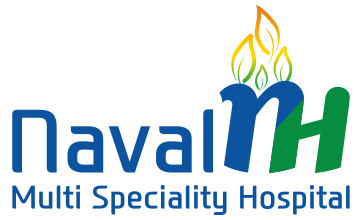With the increasing use of laparoscopic nerve release technique in treatment of pudendal nerve compression, other conventional options like only analgesics, physiotherapy and open surgery are preferred less.
The technique is a new and a promising treatment modality and protects the nerve to a large extent thus reducing future complications. It is not only minimally invasive but also prevents the chances of post op complications or spread or relapse of pain.
It is an option that is often considered after all other conservative therapies fail to bring any result. The success rate of these surgeries so far has been around 60 to 85 percent and even after this, surgery is performed if there is at least 50 percent reduction in the pain and other symptoms.
Apart from pudendal nerve blockage, these surgeries can be performed in various conditions including neurolysis of sciatic or sacral nerve roots in endometriosis, post surgery trauma or multiple sclerosis, to control refractory pudendal neuralgia and sacral root neuralgia.
Among the many advantages of these kind of surgeries, some of the major ones include reduced hemorrhaging, less post operative recovery time, less pain and medication, less hospital stay, reduced exposure of internal organs to contaminants and hence lesser chance of infections.
